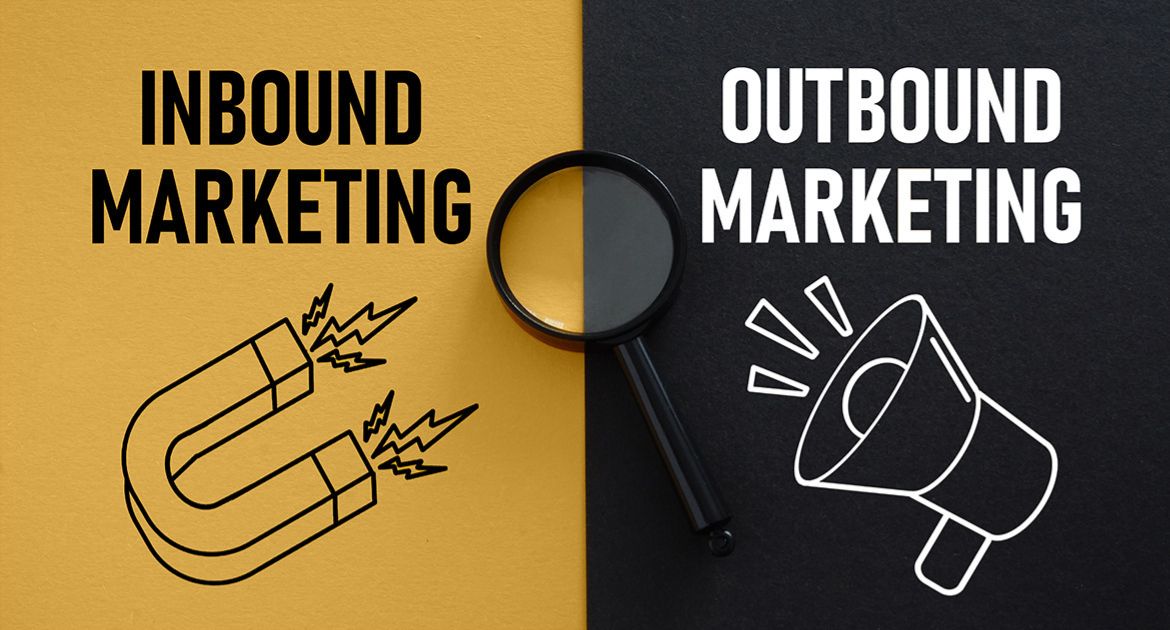Peter Drucker, the great marketing thinker and writer, once wrote ‘Every single social and global issue is a business opportunity in disguise’.
In the spirit of this I was very interested to hear David Grayson, Emeritus Professor of Corporate Responsibility at Cranfield, talk about his new book ‘All in – the future of business leadership’ https://allinbook.net/
In it, he bases his conclusions on a massive study involving thousands of experts over two decades. He divides the world of sustainability, or corporate responsibility, into 3 stages.
These 3 stages are:
1997 – 2005 (the study started in 1997) – ‘Do no harm’ was the mantra. Or at least, do less harm than you are at the moment. This is the period when Corporate Social Responsibility (CSR) was beginning to be recognised and interest was growing.
2006 – 2015 – ‘Strategic integration’; this was the period when it was beginning to become accepted as a natural part of management and decision making.
2015 – present (and ongoing) – ‘All-in leadership advocacy’. This is where CSR, now known as sustainability, can be seen as a strategy in itself. It can lead to competitive advantage.
There are 5 elements to this: Purpose, Planning, Culture, Collaboration and Advocacy. The ingredients and qualities of these are fairly self-evident. However ‘collaboration’ is new to most people: a typical example is Coca Cola Corporation, Pepsico and Greenpeace collaborating in a research project into what they have called ‘Refrigeration Naturally’. Can you imagine three less likely collaborators? This is a good example of how ‘competitive collaboration’ is as important as ‘competitive advantage’.
Sustainability therefore has now become something that corporates are completely aligned to, on the shop-floor and in the boardroom. The link between purpose and profit has been made. Sustainability, long the bugbear of profit-driven corporations, is now a key driver in all aspects of a business, and is here to stay.



